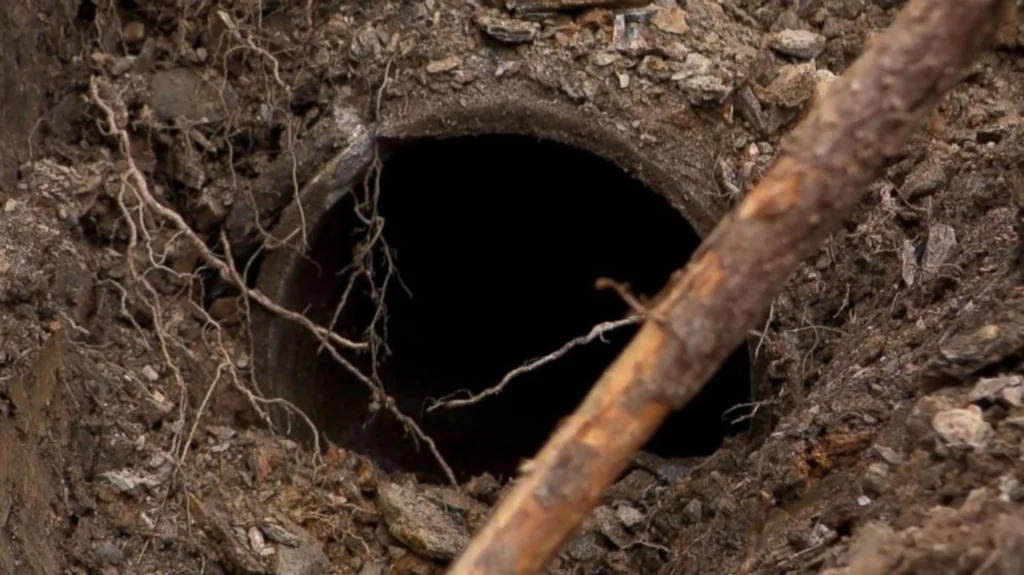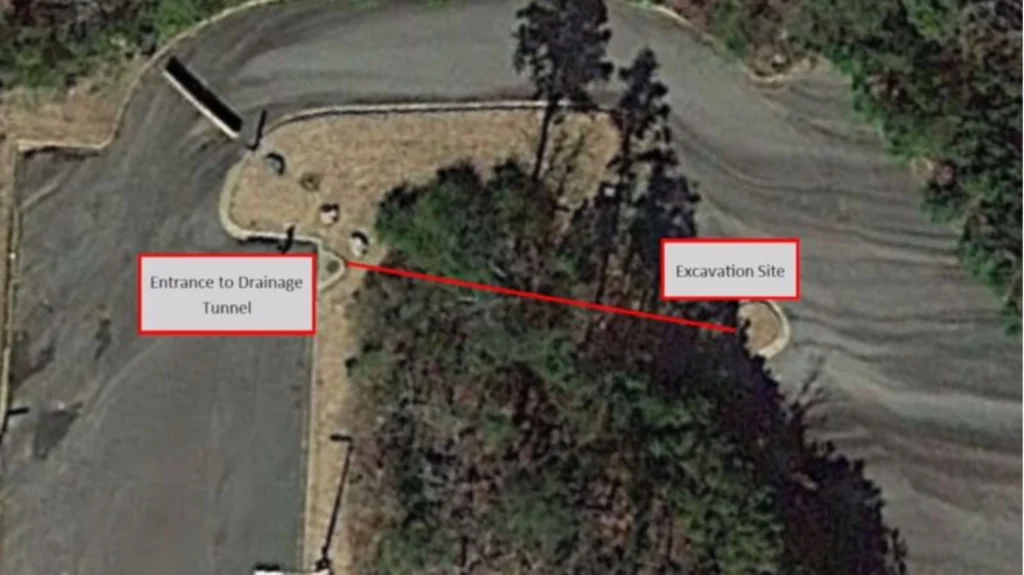On an ordinary autumn day in 2015, something quietly unraveled in Little Rock, Arkansas. Ebby Jane Steppach, just 18 years old, vanished. Not with a dramatic farewell or a trail of obvious clues, but with confusion and a disturbing series of unanswered questions.
Nearly three years later, her remains were discovered—painfully close to where her car had been abandoned in the early days of the investigation. But even with that discovery, the case remains unsolved. And justice, so far, has stayed just out of reach.
A Complicated Teenager with Big Dreams
Ebby wasn’t an average high school senior, though she certainly faced her share of everyday teen challenges. Born on March 31, 1997, she was known by those close to her as creative, bright, and independent. She had a deep love for photography and languages and she spoke both Spanish and Turkish. She had dreams of working in cosmetology and real estate—big goals for someone still finishing high school.
She’d recently transferred to Little Rock Central High School from a private school, chasing more independence in her final year. At the same time, she was juggling two part-time jobs. According to her mother Laurie, they shared a unique bond. “I knew when she took a breath, her first breath, that we would be close and that she would be a very special young lady. Sometimes a mother just knows what their child can do.”
But that final year also came with unsettling changes.
The Night Everything Changed

On October 23, 2015, Ebby went to a party. What happened there changed everything. The next day, she told her stepfather that she had been raped by four young men and that the assault had been recorded on a cellphone. She wanted to report it to the police. She was upset, afraid, and determined.
According to Wikipedia, she made two one-minute calls to the Little Rock Police Department. But no official police report was filed. That same night, she messaged the individuals she accused, threatening to go to the authorities.
Then, on October 25, she called her brother Trevor. She said she thought she was outside his house. Trevor looked—but she wasn’t there. When he called back, she answered. This time, she said she was in her car, a silver Volkswagen Passat, but didn’t know where.
It was the last time anyone heard her voice.
Two days later, on October 27, Ebby’s Passat was found parked at Chalamont Park in west Little Rock. Her phone, wallet, and contact lenses were inside but she was gone. There were no clear signs of struggle. The area was searched, but nothing turned up.
Police at first approached the case as if she might have run away. But her family knew better. This wasn’t just a disappearance, it didn’t add up.
Missed Opportunities and Fading Leads

The investigation had a rocky start, some of the most basic procedures—like interviewing witnesses promptly, pulling surveillance footage and tracing her digital activity—were delayed or overlooked. Key leads were allowed to go cold.
Ebby’s mother, Laurie Jernigan, grew increasingly frustrated. The family hired private investigators and even appeared on national TV shows like Dr. Phil to keep attention on the case. A reward of $50,000 was offered, according to KATV, but no breakthrough came.
“That’s insane,” Jernigan said, reflecting on the stalled investigation. “That’s when I just said, ‘I’m done.’ I just closed the book on getting any more help with the Little Rock Police Department. It’s going to take someone coming forward because it’s been investigated as much as it will be.”
Despite repeated calls for justice, no one was ever charged with the alleged assault or with any role in Ebby’s disappearance.
Found at Last, But Far Too Late

Then, on May 24, 2018, something finally shifted. Police were searching Chalamont Park—again—when they found skeletal remains inside a drainage pipe just 60 to 70 feet from where her car had been discovered nearly three years earlier.
The remains were identified as Ebby’s.
The location shocked those who had been involved from the beginning. That area had been searched before—multiple times. So why hadn’t she been found?
A family friend, Margie Foley, had reported a strong smell of decomposition in the area months earlier. She told police, but nothing came of it. “I was kind of dismissed by [the officers], who told me the park had been searched with recovery canines who would have picked up on the scent of human decomposition,” she said. They told her, “It must be an animal or something.”
That explanation didn’t sit well with Foley—or with the public.
What Really Happened?
The discovery of Ebby’s body brought closure, but not peace. Her death was officially classified as a homicide, and Detective Tommy Hudson, who was involved in finding her remains, has remained firm in his belief that justice is still possible.
“This is not a cold case,” he said. “This is an ongoing investigation: a homicide. I believe this case will be solved. There is somebody out there that was with Ebby around the time she was put down where we found her that knows something. I believe this person to be a resident of Little Rock, AR. They need to come forward.”
Yet theories still swirl.
Some law enforcement voices have raised the possibility of suicide. But her family strongly disagrees. They point to her recent plans to go to the police, her desire for justice and the physical difficulty of entering the drainage pipe alone. They believe she was placed there—and that someone out there knows more than they’ve told.
A Case That Changed Conversations

Ebby’s death didn’t just leave a hole in her family’s life. It sparked conversations across the state and beyond about how missing persons cases—especially involving young women—are handled.
Her story has been featured in podcasts, documentaries and true crime programs. Each retelling brings new eyes, and sometimes new hope, to a case that still waits for resolution.
Behind every headline is the memory of a teenager who loved art, who spoke multiple languages, who had dreams and who was willing to stand up for herself—even when it was terrifying to do so.
Even years later, those who loved her continue to push for answers. And the community hasn’t forgotten either.



